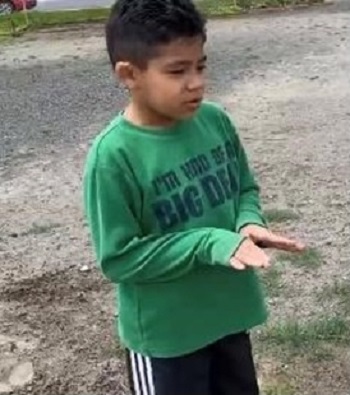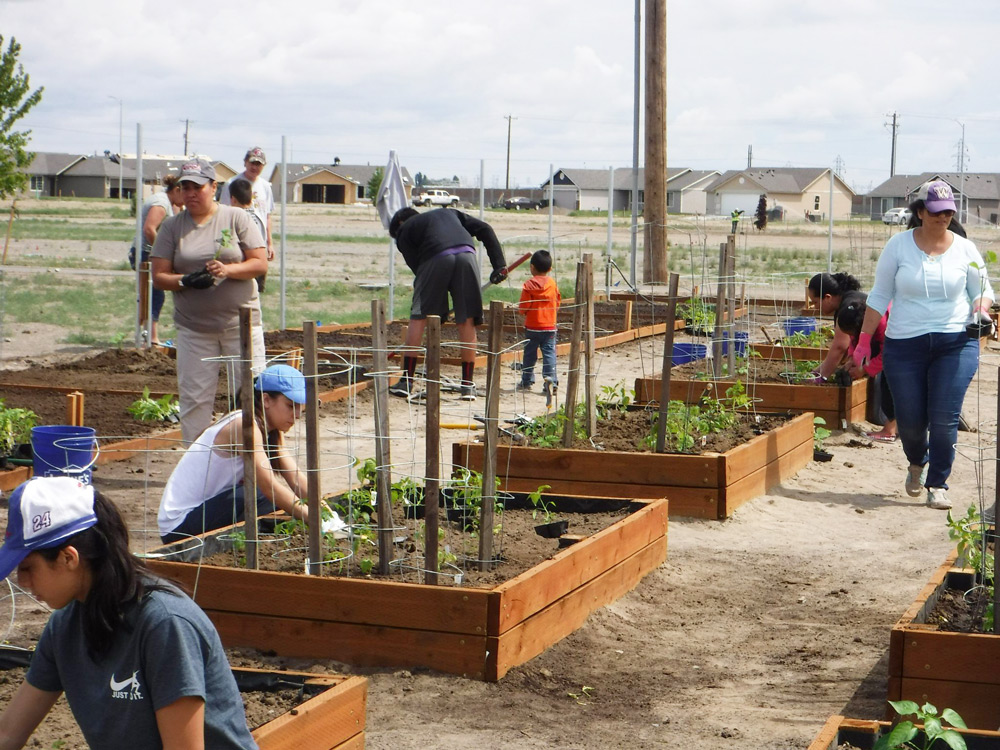By Roger Bairstow, Executive Director of Jubilee

One day last year, Iscader Peñaloza was taking care of her garden space in the Tierra Vida community garden with her family. Her 7-year-old son, Giovanni, was looking at the garden beds but also at the empty space in between them. His mind was looking to a greater future. He approached Ruben, Jubilee’s Community Impact Coordinator, who also happened to be there and asked what the plans were for this space. Ruben responded, “what would you like to see?” Clearly, Giovanni had a plan.
His thoughts went to creating a space to teach kids how to garden. He then proceeded to lay out his vision in detail with play areas for kids of different ages and even babies. Instead of letting him know the challenges, Ruben decided to just dream with him for a minute, and listen to his vision.
Like many neighborhoods, at Tierra Vida we’ve found that fences separating neighbors have the potential to create literal and metaphorical problems. While they may be necessary, they can also create disconnection. Often, arguments surface due to a tree or plant crossing a property line. Though we may blame these trees for our troubles, Creation generally is not the real the source of neighborly conflict. Isn’t it amazing how a tree, unable to see these artificial boundary lines, can upend our efforts to connect with our neighbors? Equally amazing are the lessons nature provides instructing us how to be better to each other, if only we would listen.

As the largest community garden in the Tri-Cities, the Tierra Vida community garden hosts over 37 families and provides opportunity for them to grow fresh fruits and vegetables to supplement household food needs. But the garden does more than just supply healthy food. When residents have the opportunity to dig their hands in the soil and watch their seeds grow, they receive a firsthand encounter with the natural world and a realization that we are a part of — not separate from — Creation.

In the garden, physical connection to the soil speaks to only a portion of what happens in this transformational place. Here, there are no fences, and sharing, connection, and community occur as neighbors rub elbows with neighbors. Should someone need a shovel, another lends one. If someone’s tomatoes failed, there are others who readily share their bounty. Friendships form and people’s unwillingness to show vulnerability fades. They feel freer to ask for help if needed and to give it too. This natural space, shared by the community, builds connections to others and reduces the self-isolation that our fences create. And all the while, the children are watching.
